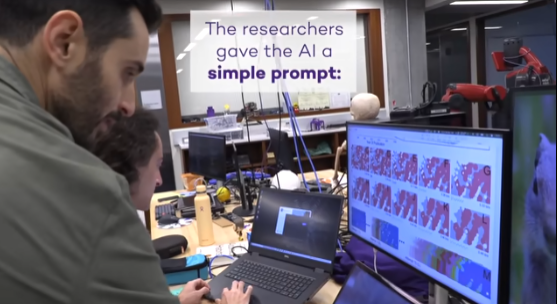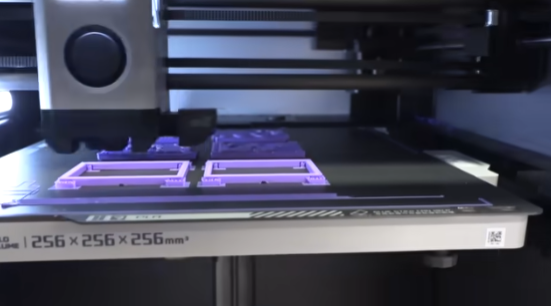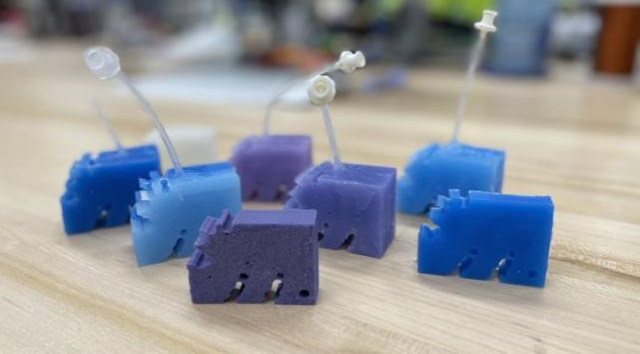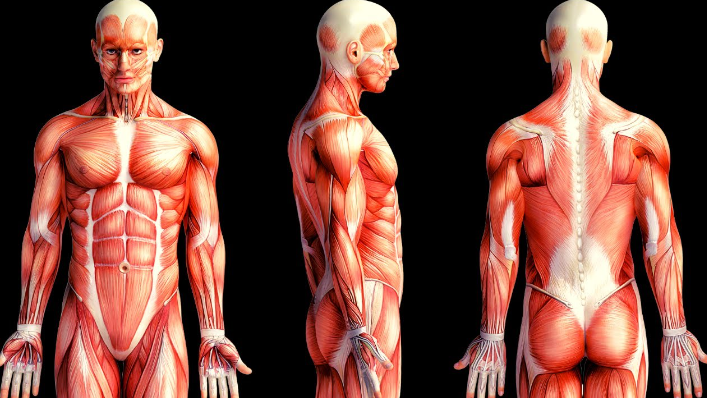Robotic revolution at the speed of light with AI

Can you imagine if we could ask artificial intelligence (AI) to design us a robot to do a specific job and, in a matter of seconds, boom, we have a new robot ready for action? Well, you don’t need to daydream, because a team of brainiacs at Northwestern University is making it happen! The geniuses behind this project gave the AI a simple task: design a robot that can walk on a flat surface.
While nature took its time evolving walking creatures over billions of years, this AI did it at full speed. How fast? Think about how fast a pizza disappears when your friends see it at a party, in seconds, bam, we have a walking robot on our hands. But that’s not all, this AI is not only fast, it’s great! It runs on your ordinary personal computer and you can design robots from scratch, as if you were creating masterpieces. That’s different from other AI systems that need giant supercomputers and a mountain of data to do anything and worse, some of those systems are duller than a telemarketing show at 3 a.m., they just repeat what they already know.



Can you imagine pushing a button and getting a plan for a robot that doesn’t even look like any animal that has ever walked the Earth? Well, that’s what’s happening here, they call it “instant evolution”. Think of it like the AI is some kind of mad chef in a magical kitchen, and suddenly, ta-da, we have a new dish! The mastermind behind it is Sam Kriegman from Northwestern, and he’s excited about this crazy AI-driven design algorithm that avoids all the evolutionary roadblocks without falling into the same old same old designs and not only that, the AI has decided that legs are the best way to move on earth, just like nature! Double surprise!
Some time ago, Sam Kriegman had already put himself on the science map with xenobots, those living robots made of biological cells, and now, this new robot is like the xenobots’ more modern cousin. It’s small, squishy and a little weird, but it’s the first step in a new era of AI-designed tools that can do things in the real world. To arrive at this walking robot, the AI started with a block the size of a bar of soap. Can you believe it? A simple block! But with a lot of attempts and corrections, the AI arrived at a robot that walks at a speed similar to that of an average person. How long did it take? Only 26 seconds on a laptop!


And you know what the craziest thing is? This AI also put holes all over the robot’s body. Why? No one is sure, but those holes are crucial for this little robot to be able to walk, although for now this robot can’t do much more than walk slowly, imagine all the possibilities that open up. In the future, we could have robots searching for survivors in collapsed buildings or unblocking pipes, or they could even design nanorobots that travel through your body to heal you.





Responses